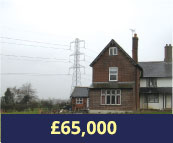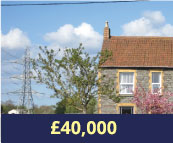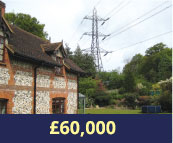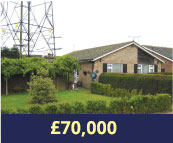What are the different types of power lines?
There are a range of different types of power lines out there, each with their own voltages, structural features, and purpose. Depending on whether you live in a rural area, a town, or a city, your property could be within metres of any one of these powerlines.
Being able to identify the different types of power lines in Britain as well as reading our other blog article here will help you gain an understanding of their function and, potentially, whether or not you are eligible for power line compensation. Below are some of the power lines around us today.
400kV and 275kV
Owned and run by the National Grid, these power lines are the largest operated in the UK. These are perhaps some of the most easily recognisable power lines, carried by the large, steel lattice pylons you will have seen scattered across the British countryside.
400kV and 275 kV power lines are very common transmission lines in Britain. These pylons can be huge eyesores for nearby property owners due to their sheer size and scale, and can also generate noticeable noise pollution.

A 400kV National Grid power line on Cheshire farmland
132kV
These power lines tend to be carried by much smaller lattice steel pylons or even wooden poles. Most of these are owned by Distribution Network Operators , DNO’s for short. In the UK these are UK Power Networks, Scottish and Southern Energy, Western Power Distribution, Electricity North West, Northern Power Grid, SP Energy Networks and Northern Ireland Electricity.
All smaller lines are owned by the DNO companies, including 66kV, 33kV, and 11kV lines. 66kV and 33kV powerlines can be found on steel frames, often sharing similar designs with 132kv lines, and wooden poles.
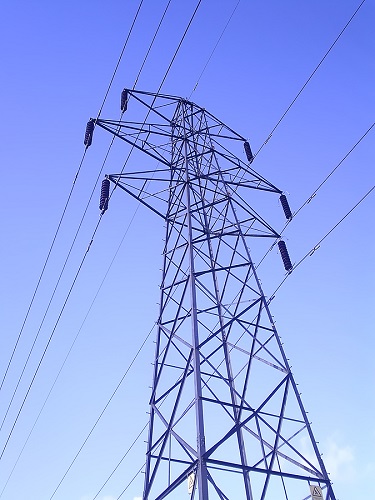
A 132kV power line
33kV and 11kV
33kV and 11kV lines are the smallest high voltage lines found in the UK, and are usually mounted on wooden poles. For this reason, they are designed to feed from the larger types of power line above and are often found running close to public footpaths, roads, and—of course—residential properties. They are easily recognisable thanks to their proximity to the ground and simple design. Their affordability makes them well suited to remote rural areas and towns and villages alike. These wooden power lines are very common and account for a large proportion of current power line compensation cases in the UK.
If you have any of these structures crossing any part of your property (over the house, garden or fields etc.), or development land, and would like us to take a look at your potential claim without cost or obligation then call us for an informal chat on 01223 370011 or email us at: enquiries@clconsultants.co.uk.
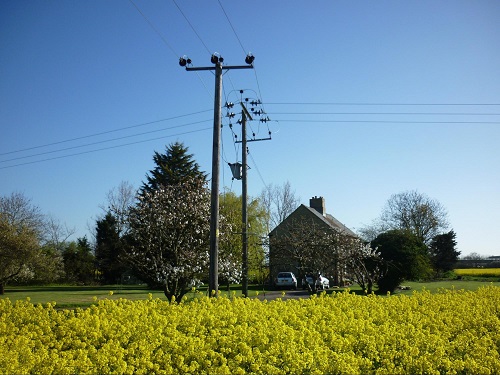
11kv and 33kv wood pole lines in Cambridgeshire
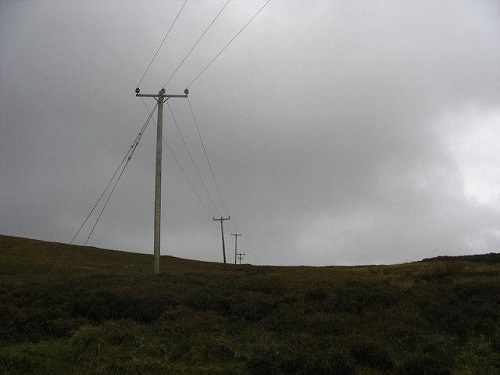
11kV power line over Bwlch yr Eifl, Wales


